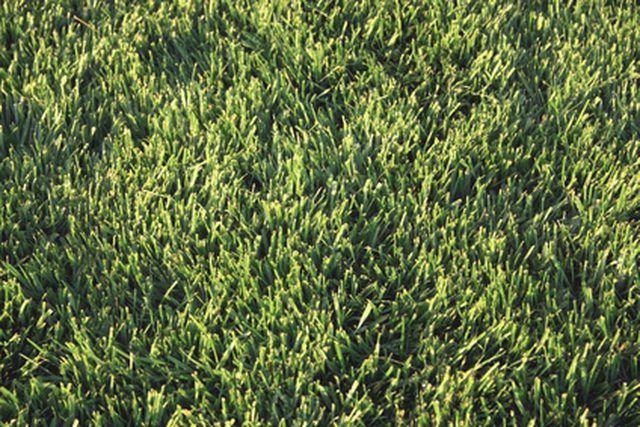Bulbs
Flower Basics
Flower Beds & Specialty Gardens
Flower Garden
Garden Furniture
Garden Gnomes
Garden Seeds
Garden Sheds
Garden Statues
Garden Tools & Supplies
Gardening Basics
Green & Organic
Groundcovers & Vines
Growing Annuals
Growing Basil
Growing Beans
Growing Berries
Growing Blueberries
Growing Cactus
Growing Corn
Growing Cotton
Growing Edibles
Growing Flowers
Growing Garlic
Growing Grapes
Growing Grass
Growing Herbs
Growing Jasmine
Growing Mint
Growing Mushrooms
Orchids
Growing Peanuts
Growing Perennials
Growing Plants
Growing Rosemary
Growing Roses
Growing Strawberries
Growing Sunflowers
Growing Thyme
Growing Tomatoes
Growing Tulips
Growing Vegetables
Herb Basics
Herb Garden
Indoor Growing
Landscaping Basics
Landscaping Patios
Landscaping Plants
Landscaping Shrubs
Landscaping Trees
Landscaping Walks & Pathways
Lawn Basics
Lawn Maintenance
Lawn Mowers
Lawn Ornaments
Lawn Planting
Lawn Tools
Outdoor Growing
Overall Landscape Planning
Pests, Weeds & Problems
Plant Basics
Rock Garden
Rose Garden
Shrubs
Soil
Specialty Gardens
Trees
Vegetable Garden
Yard Maintenance
The Best Time to Plant Grass Seed in Tennessee
The Best Time to Plant Grass Seed in Tennessee. According to the University of Tennessee Extension website, home lawns average 24,000 square feet and account for 70 percent of total turfgrass area in the state. Planting your lawn at the right time can help it stand out from the neighbors'.

According to the University of Tennessee Extension website, home lawns average 24,000 square feet and account for 70 percent of total turfgrass area in the state. Planting your lawn at the right time can help it stand out from the neighbors'.
Grass Type
Tennessee falls into the "transitional zone," where neither cool-season grasses nor warm-season grasses consistently thrive. American Lawns recommends cool-season grasses like fescue, zoysia and bluegrass as being the most consistent throughout the state, but also notes that warm-season grasses like Bahia and Bermuda grass may do well in the lower elevations.
Planting
Sow cool-season grass seeds from late August to mid-October so they have the advantage of two cool growing cycles before the next summer sets in. Warm-season grasses are best grown from sprigs or plugs, which should be planted in May or June to give them the benefit of the full summer to become established.
Soil
Use a soil test kit to determine the pH and nutrient content of your soil. If you pH is below 6.0, work lime into the soil before planting seed. If your nitrogen balance is off, apply a starter fertilizer to the soil before planting, then again about six weeks after germination.